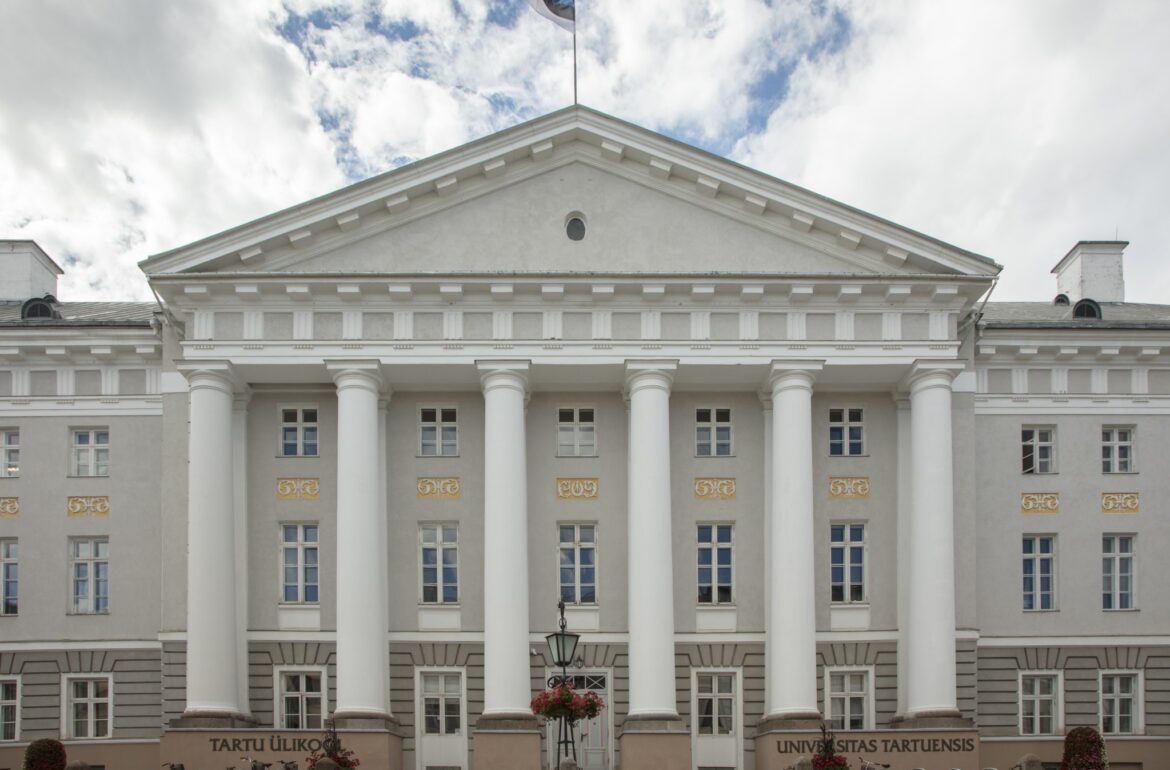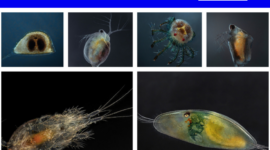European Union funded ERA Chairs projects bring outstanding academics to universities and research institutions, while also implementing structural changes to achieve excellence on a sustainable basis. Estonia has been the country with the highest number of funded ERA Chair applications each year. What lies behind this success?
Estonia has had a high success rate for receiving ERA Chair grants both in the 2017 and 2019 calls. All the largest Estonian universities – the University of Tartu, Tallinn University, Tallinn University of Technology and the Estonian University of Life Sciences hold at least two ERA Chair grants.
Estonia has been very successful in applying for ERA Chairs because in a short time, the country has received almost 30 million euros for science grants. This shows the quality of Estonian research.
In the following interview, Taivo Raud, Head of Grant Office at the University of Tartu, helped to analyse the current situation.
How do you explain the success behind the University of Tartu’s ERA Chair funding?
Taivo Raud: This is primarily due to the excellence of researchers at the University of Tartu. They have been active in applying for the measure and have used the money coming from it as intended. Secondly, these applications are built on existing strengths in some areas and are aimed to support their further development. Only countries with a R&D performance of up to 70% of the European Union average can participate in the application of the ERA Chair. The measure works because it helps our science to meet the European excellence.
Which fields are covered by ERA Chair grants at the University of Tartu?
There are four Faculties in the structure of our university and three of them have at least one ERA Chair. Most are in the Faculty of Science and Technology, one in Medical Science and one in Social Sciences. So far, the UT Institute of Technology has been the most successful to obtain these grants. We haven’t got any grants in the Faculty of Arts and Humanities yet, but we see potential for them as well.
What kind of research has been supported by the grants so far?
Some of the University of Tartu projects are in the preparatory phase, as funding decisions have been made recently. Our E-Governance and Digital Public Services project is the first in the social sciences. The recruitments of the top-level ERA Chair holder and other preparations are led by the head of the Skytte Institute Dr Mihkel Solvak. The other project on Materials Research in Extreme Environments is also currently recruiting people.
But the earlier examples are projects in the fields of gas fermentation and synthetic biology. We have succeeded in bringing back home young Estonian researchers who have done top-level research abroad. When it comes to wood chemistry or the enhancement of local resources, these ERA Chairs have relevance to both the Estonian economy and society. We have some very specific development projects going on with Estonian companies in cooperation with these ERA Chairs.
How will these projects continue, if the grants end at some point?
ERA Chair grants are intended for a temporary period. After that, the institution and the host country will have to create a good environment so that the research direction, as well as this top scientist, can continue. The main method is to apply for Estonian funding programmes, as well as European ones. From our side, the Grant Office provides applicants with a supportive environment and services for obtaining funding from abroad. One already has to think about follow-up projects during the ERA Chair Project, so that the research directions are in line with the funding possibilities. Estonia’s overall research funding is very much competition-based and over 70% of the research budget in the University of Tartu is project-based.
What positive impact have the current grants had on the Estonian research system?
These have helped to attract top-level researchers from around the world to Estonia, while supporting the return of our young researchers, so the people dimension is most important. Another positive effect is that the ERA Chair will help bring additional funding to specific research directions. Thirdly, it has raised international visibility and the position of the University of Tartu in various international rankings. If we can bring excellence to certain areas, it will contribute to the quality and level of both research and teaching. Therefore, the expected impact of these projects is very important for our university, and for Estonia.
Written by: Sven Paulus
This article was funded by the European Regional Development Fund through Estonian Research Council.
 Back
Back



